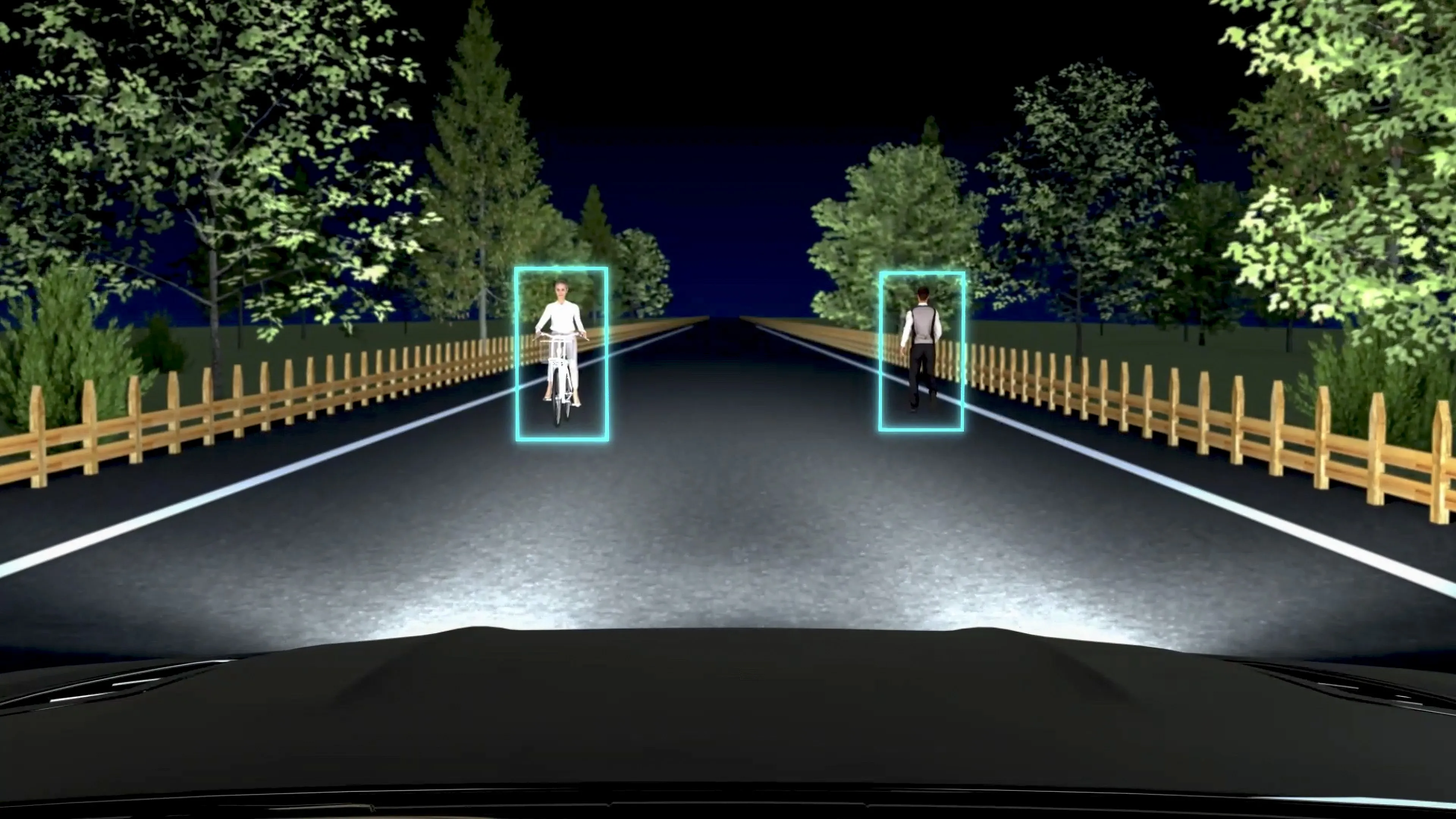Used until now in vehicle exterior lighting primarily for daytime running lights, tail lights, indicators, automotive supplier Continental claims light-emitting diodes (LEDs) now provide sufficient luminosity to function as low-beam or high-beam lights as well in irradiating the vehicle surroundings.
LEDs offer numerous advantages over halogen or xenon lights. They are more efficient and offer a higher degree of safety. The light emitted by the LED is more like sunlight than other light sources and is t
March 14, 2014
Read time: 2 mins
Used until now in vehicle exterior lighting primarily for daytime running lights, tail lights, indicators, automotive supplier 260 Continental claims light-emitting diodes (LEDs) now provide sufficient luminosity to function as low-beam or high-beam lights as well in irradiating the vehicle surroundings.
LEDs offer numerous advantages over halogen or xenon lights. They are more efficient and offer a higher degree of safety. The light emitted by the LED is more like sunlight than other light sources and is therefore more pleasant for road users. In combination with assistance systems, LED headlights additionally enable other road users or objects to be specifically picked out and illuminated. At the same time, LEDs can respond more quickly in dimming the light directed at certain areas – to avoid blinding oncoming traffic, for example. LEDs also have a service life of up to 10,000 hours, significantly longer than the roughly 1,000 hours that conventional lights provide. Their energy consumption is considerably lower; a simple LED low-beam headlight requires only 18 watts as against 35 for its xenon counterpart. In addition, LEDs withstand vibrations better and do not require maintenance.
However, Continental says LED lights require a specific electronic control unit, meaning that LEDs cannot be operated with the usual 12-volt on-board voltage like conventional light bulbs. Continental's LED light control units therefore have an input circuit that generates a suitable operating voltage. The electronics also control light intensity by means of pulse-width modulation.
Dr. Maximilian Austerer, group leader for systems development of light control units at Continental in Austria notes: "Our light control units are perfectly tailored to this task and have already stood the test in terms of performance in a number of series projects."
LEDs offer numerous advantages over halogen or xenon lights. They are more efficient and offer a higher degree of safety. The light emitted by the LED is more like sunlight than other light sources and is therefore more pleasant for road users. In combination with assistance systems, LED headlights additionally enable other road users or objects to be specifically picked out and illuminated. At the same time, LEDs can respond more quickly in dimming the light directed at certain areas – to avoid blinding oncoming traffic, for example. LEDs also have a service life of up to 10,000 hours, significantly longer than the roughly 1,000 hours that conventional lights provide. Their energy consumption is considerably lower; a simple LED low-beam headlight requires only 18 watts as against 35 for its xenon counterpart. In addition, LEDs withstand vibrations better and do not require maintenance.
However, Continental says LED lights require a specific electronic control unit, meaning that LEDs cannot be operated with the usual 12-volt on-board voltage like conventional light bulbs. Continental's LED light control units therefore have an input circuit that generates a suitable operating voltage. The electronics also control light intensity by means of pulse-width modulation.
Dr. Maximilian Austerer, group leader for systems development of light control units at Continental in Austria notes: "Our light control units are perfectly tailored to this task and have already stood the test in terms of performance in a number of series projects."









